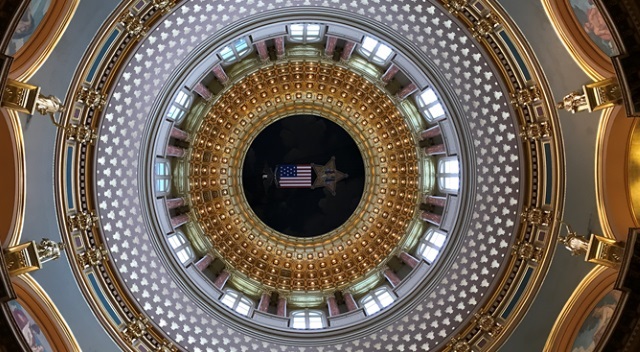
2020 Research in the Capitol
Presentation Type
Open Access Poster Presentation
Keywords
Women's rights--United States--History; Women's rights--Middle West--History;
Abstract
The ratification of the Nineteenth Amendment in 1920 --allowing women to vote in the United States--was a watershed moment in the history of women's rights, but what were the rights of women before this important amendment? My project compares the legal rights of women across the United States from 1900 to 1920 in three key areas: wages/industry, family law & divorce rights, and property law. Because I conducted this research project for the Carrie Lane Chapman Catt Girlhood Home and Museum, this analysis gives special consideration to Midwestern states--particularly Iowa women and property rights. My project sheds light on the momentum the suffrage movement possessed in spearheading equality among genders in the early twentieth-century Midwest. The Catt Museum is using my research to update their displays and programs to highlight connections between suffrage and other types of women’s rights in the early twentieth century.
Start Date
24-3-2020 11:00 AM
End Date
24-4-2020 2:30 PM
Event Host
University Honors Programs, Iowa Regent Universities
Faculty Advisor
Barbara Cutter
Department
Department of History
Copyright
©2020 Abigail Fer
File Format
application/pdf
Recommended Citation
Fer, Abigail, "Base & Summit: American Women's Right on Either Side of the Passing of the 19th Amendment" (2020). Research in the Capitol. 8.
https://scholarworks.uni.edu/rcapitol/2020/all/8
Base & Summit: American Women's Right on Either Side of the Passing of the 19th Amendment
The ratification of the Nineteenth Amendment in 1920 --allowing women to vote in the United States--was a watershed moment in the history of women's rights, but what were the rights of women before this important amendment? My project compares the legal rights of women across the United States from 1900 to 1920 in three key areas: wages/industry, family law & divorce rights, and property law. Because I conducted this research project for the Carrie Lane Chapman Catt Girlhood Home and Museum, this analysis gives special consideration to Midwestern states--particularly Iowa women and property rights. My project sheds light on the momentum the suffrage movement possessed in spearheading equality among genders in the early twentieth-century Midwest. The Catt Museum is using my research to update their displays and programs to highlight connections between suffrage and other types of women’s rights in the early twentieth century.


